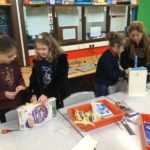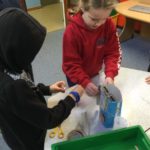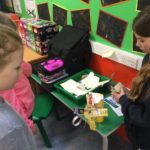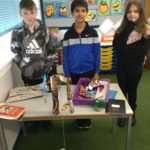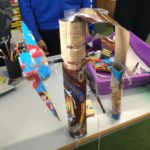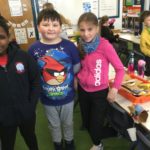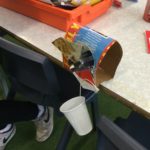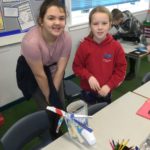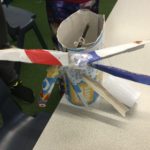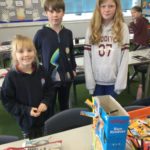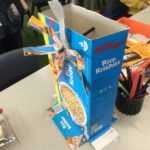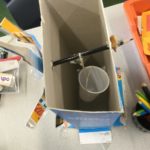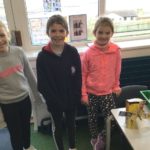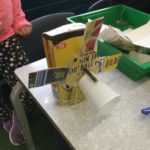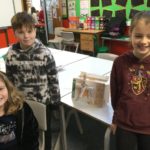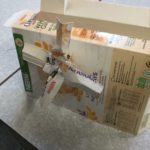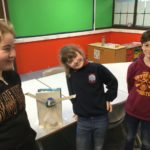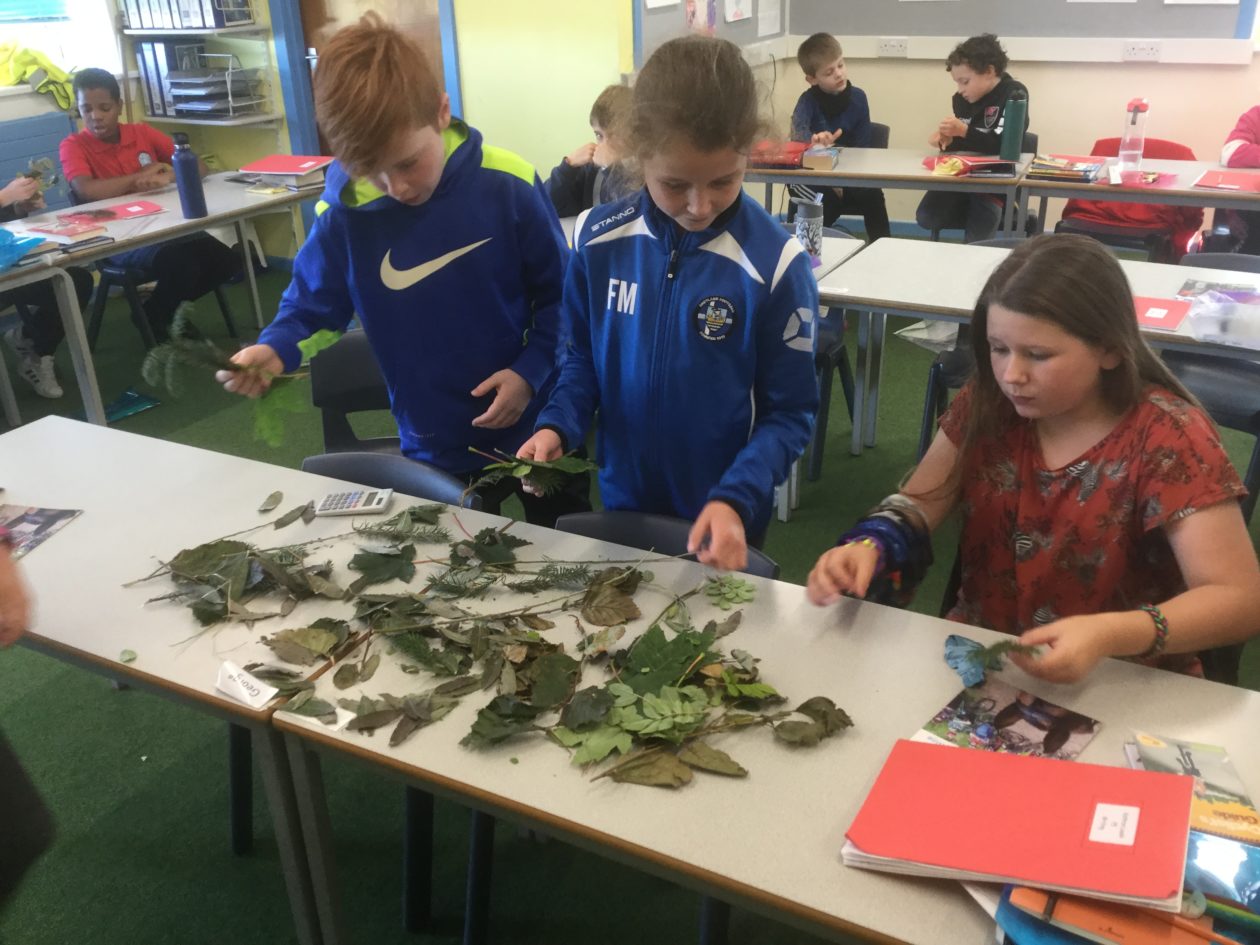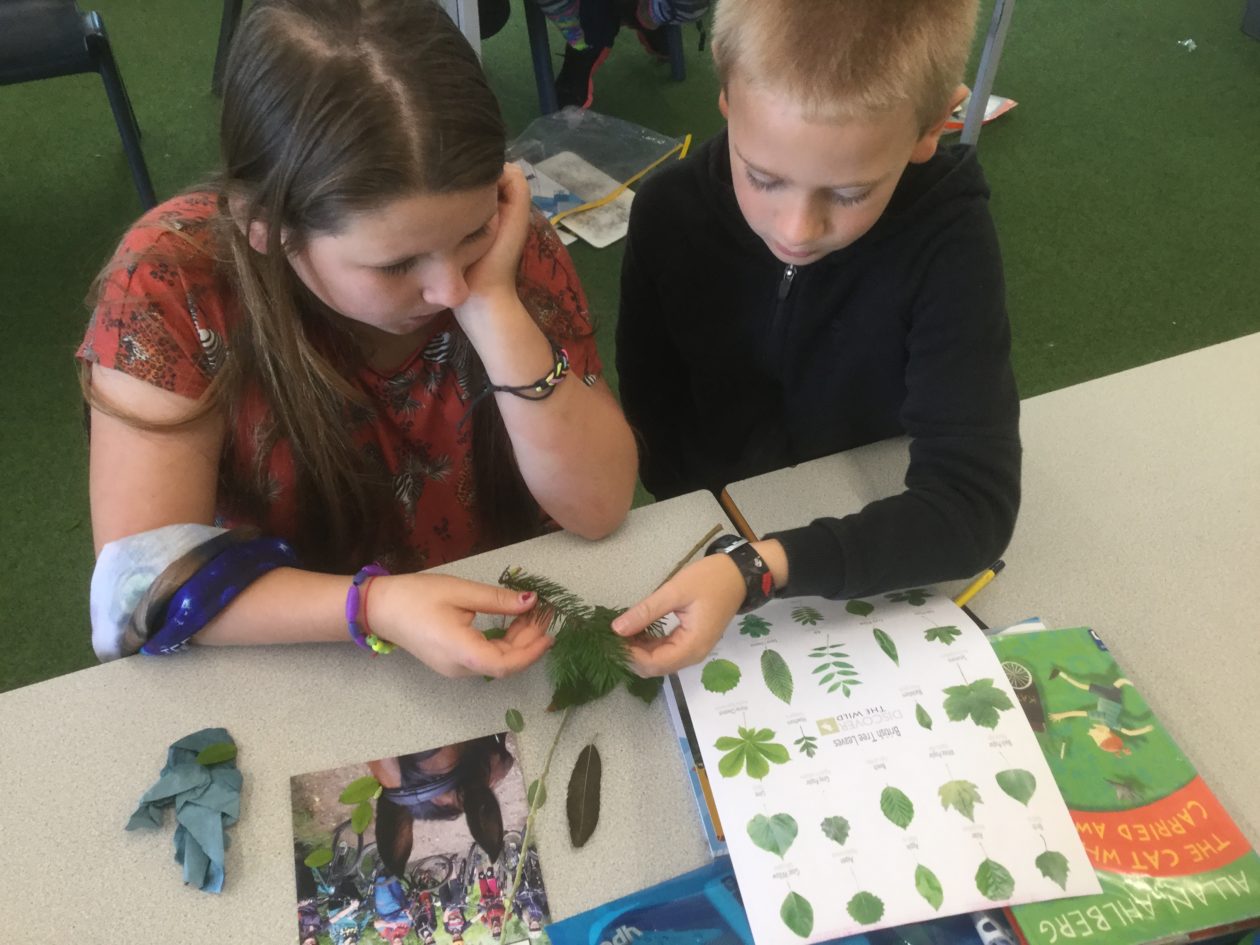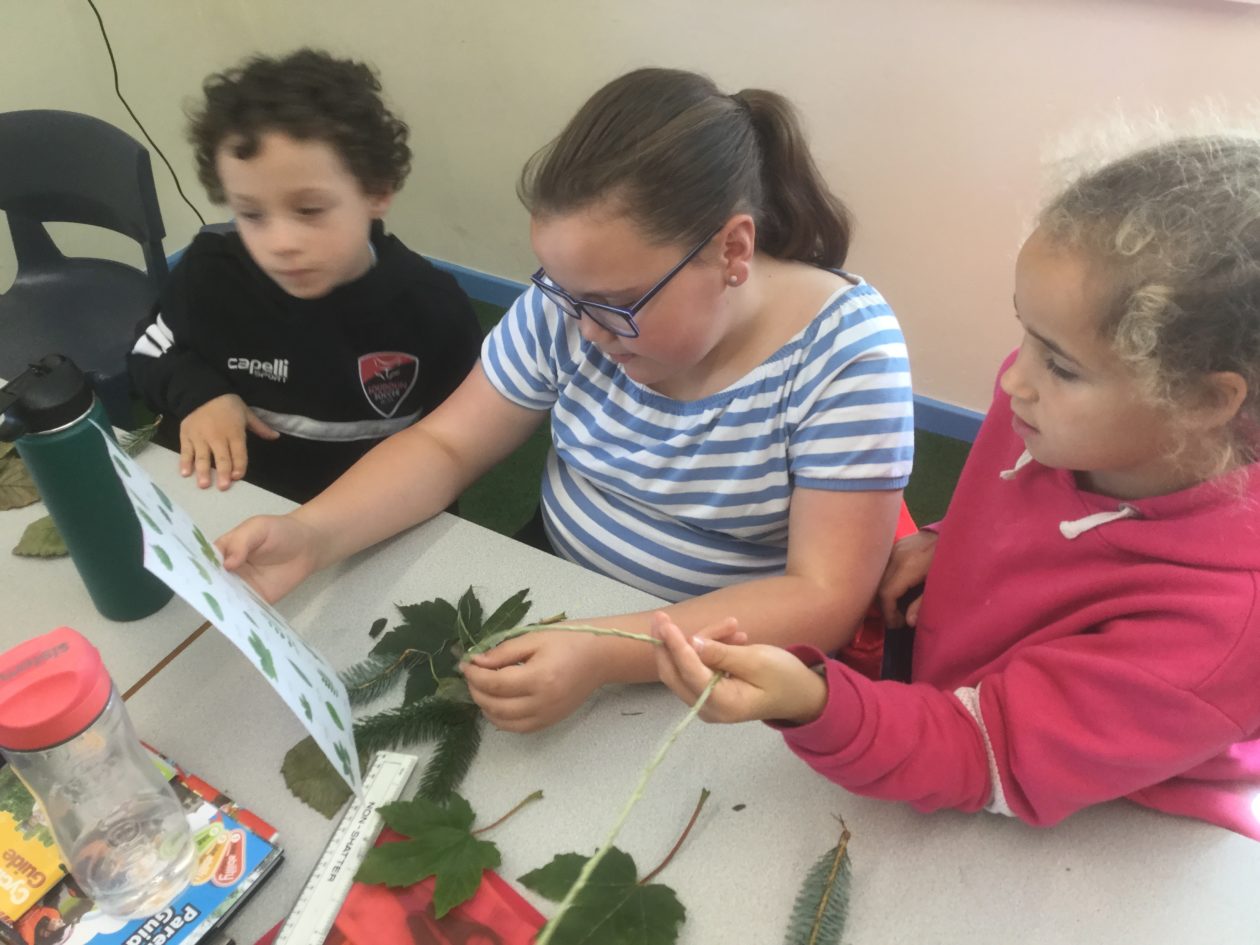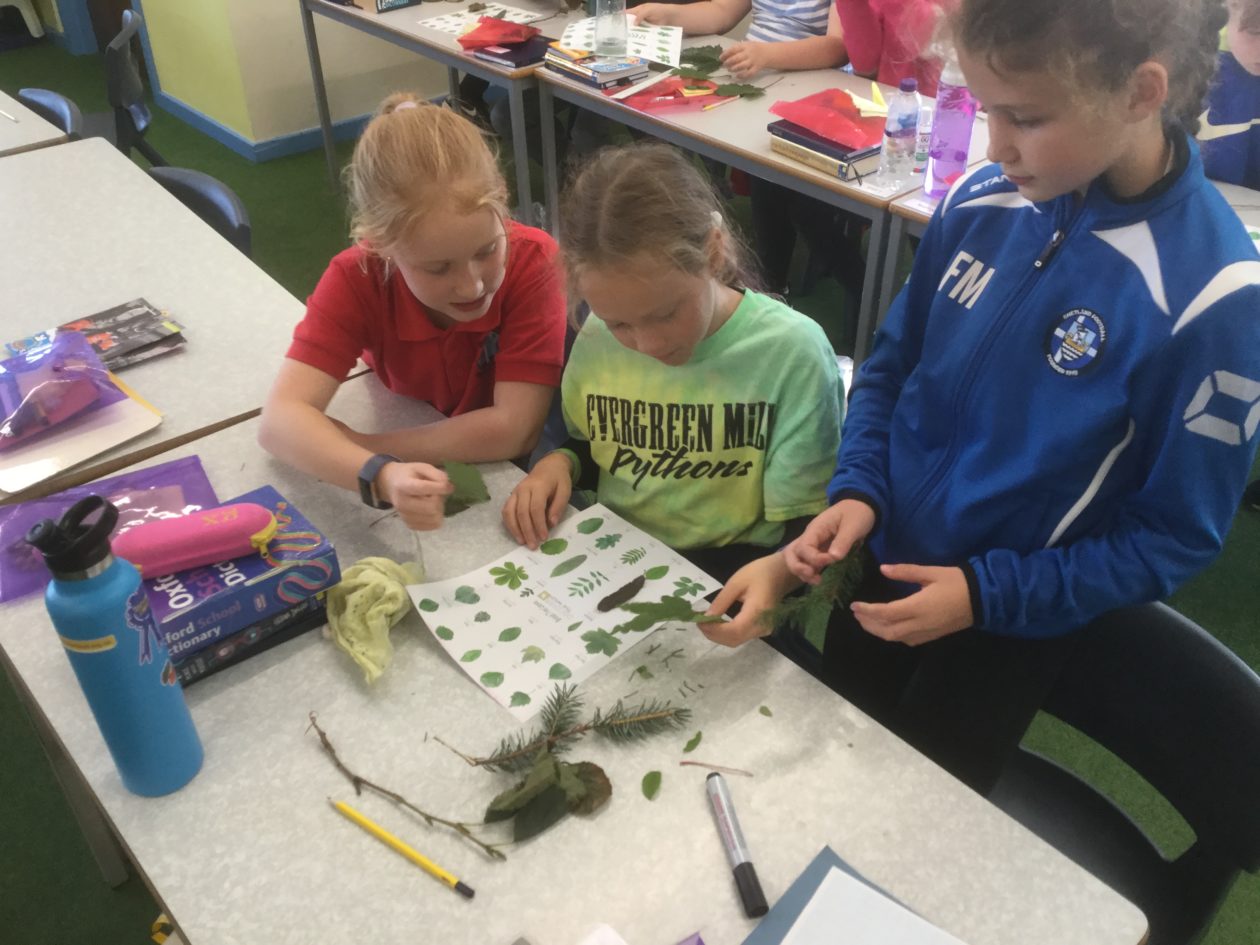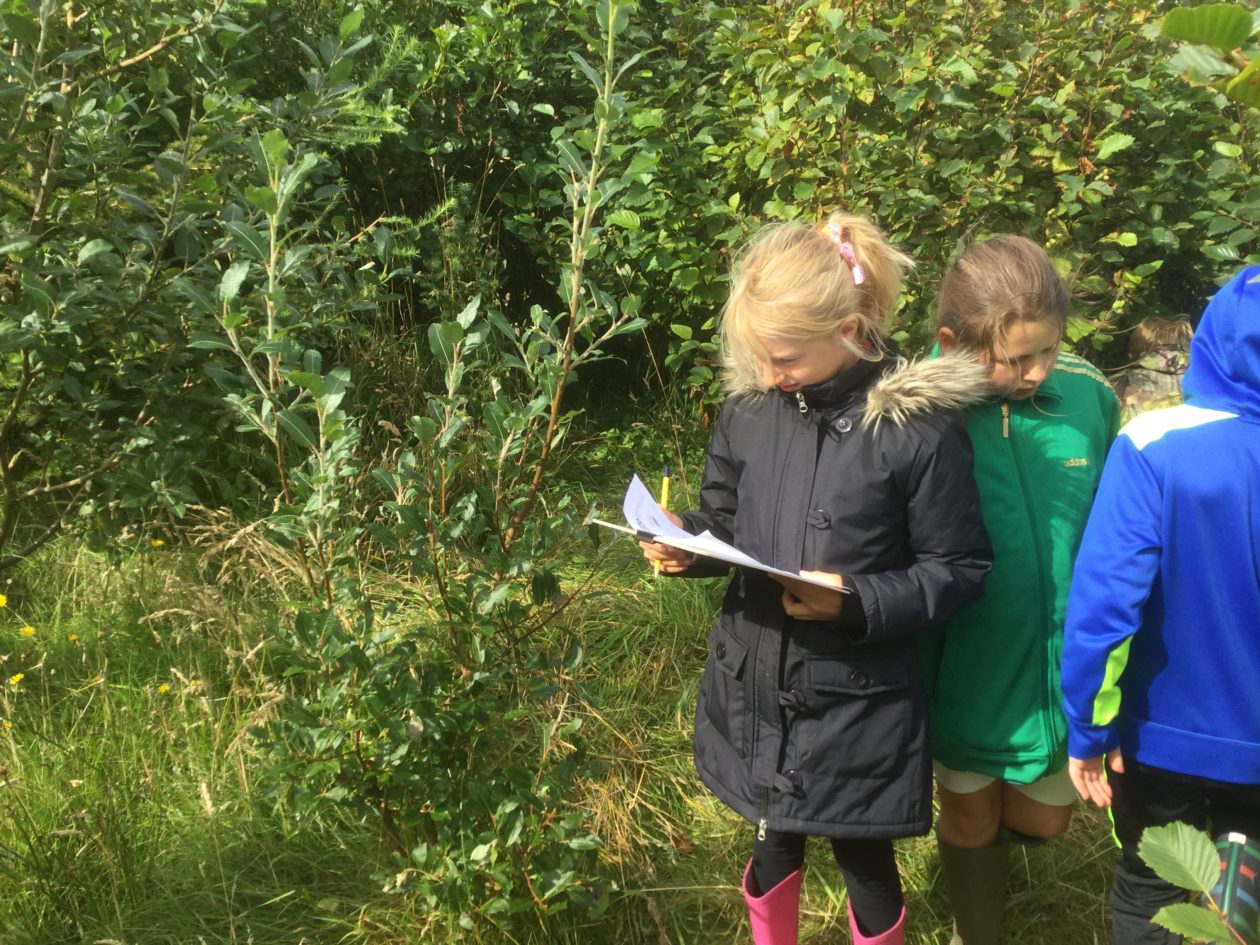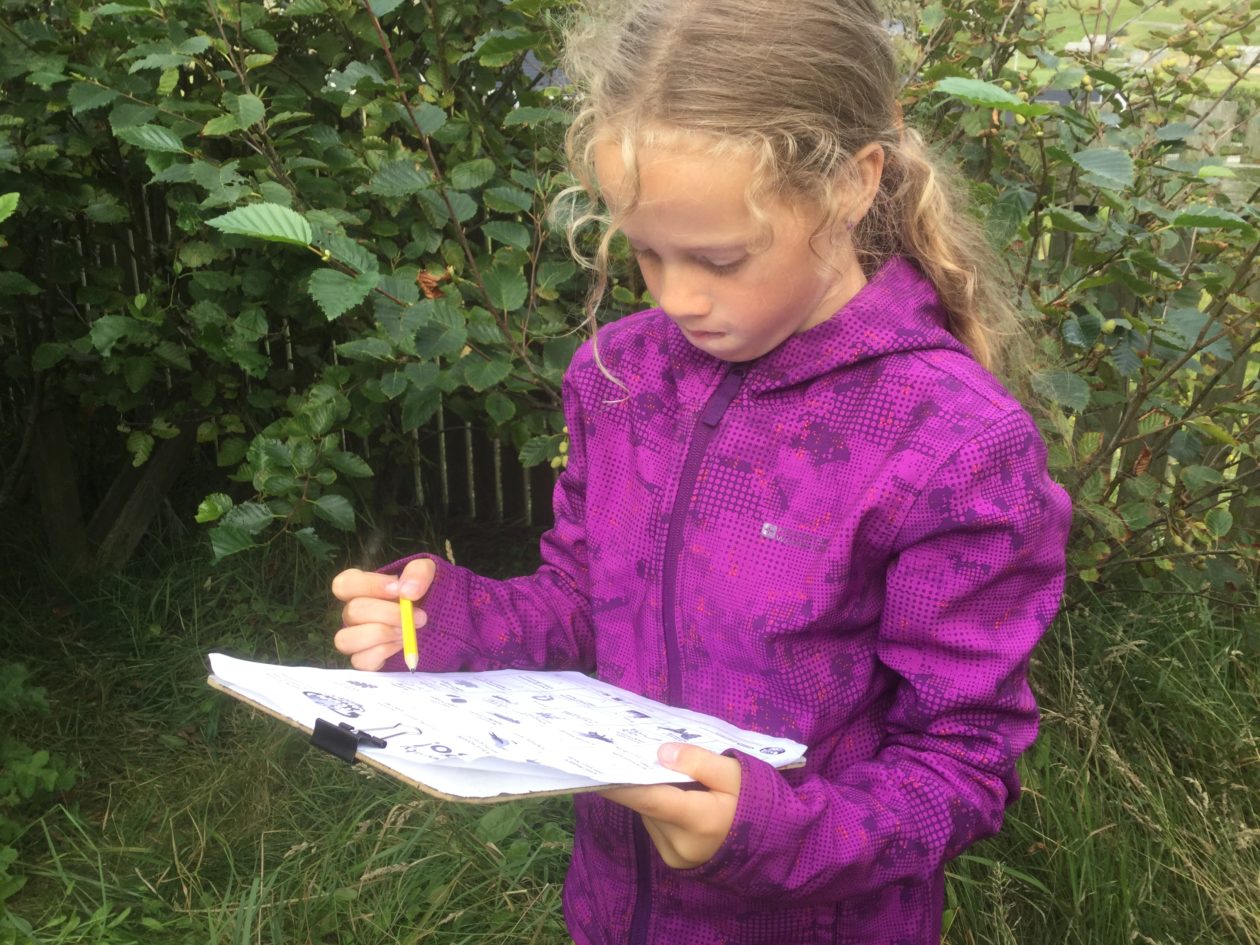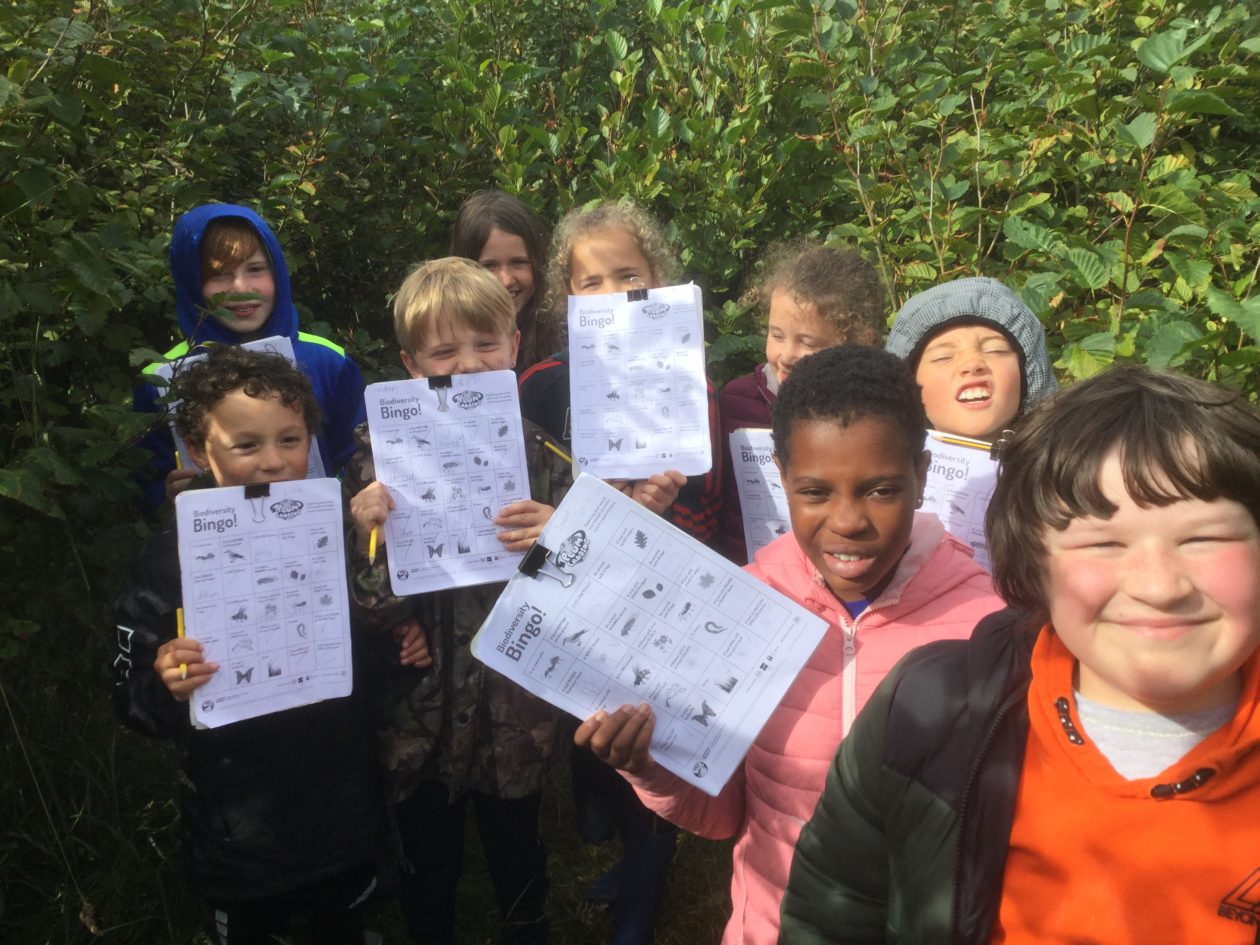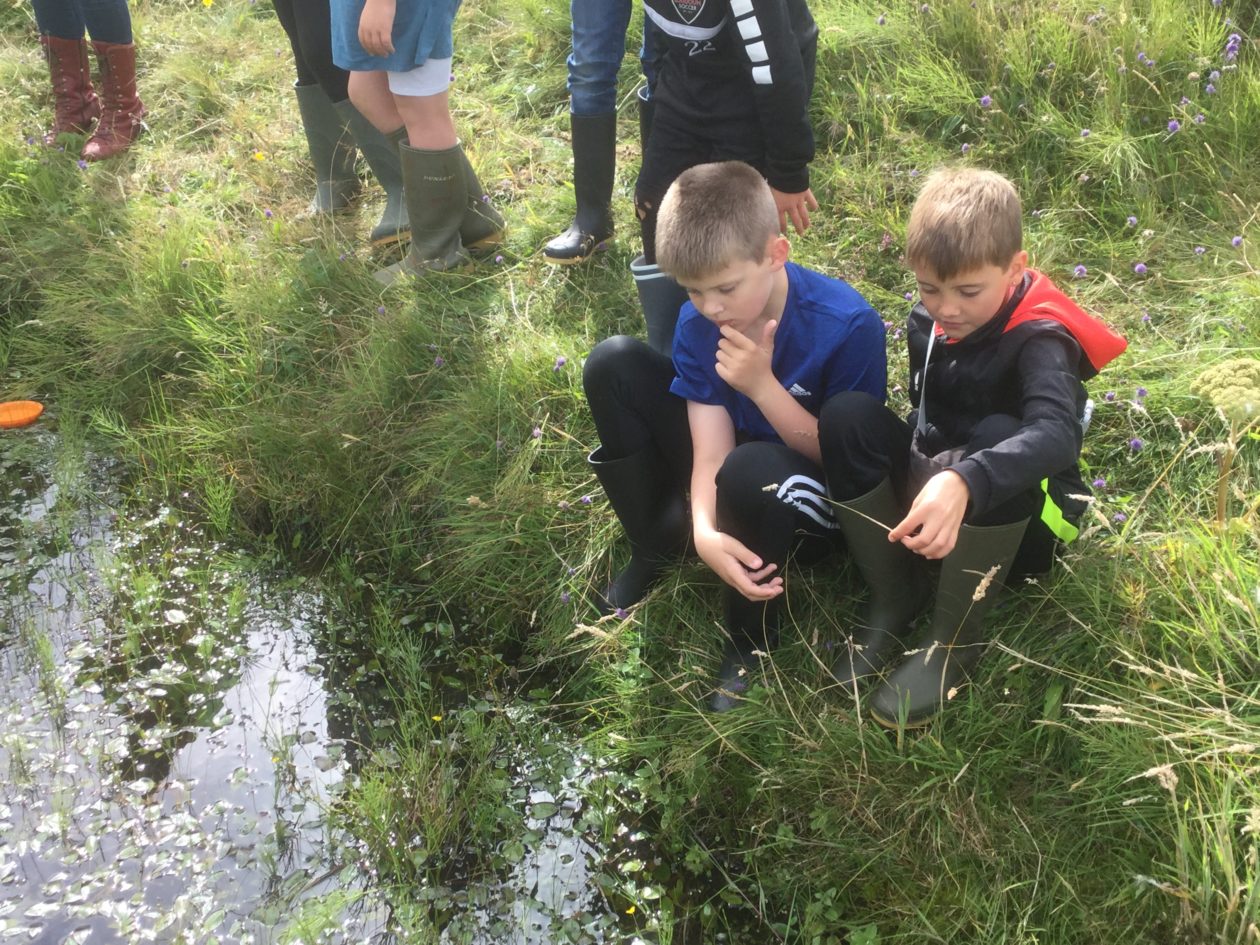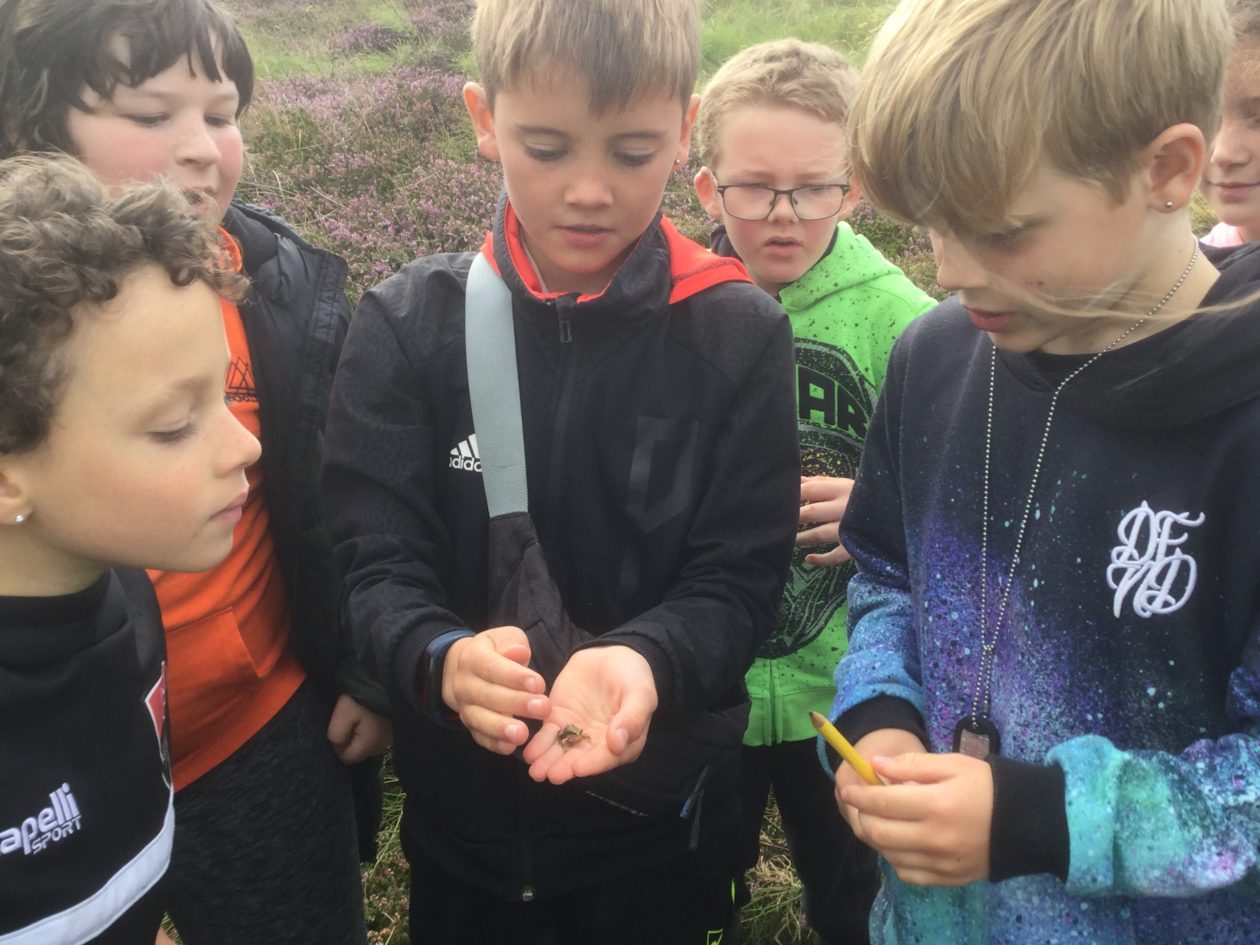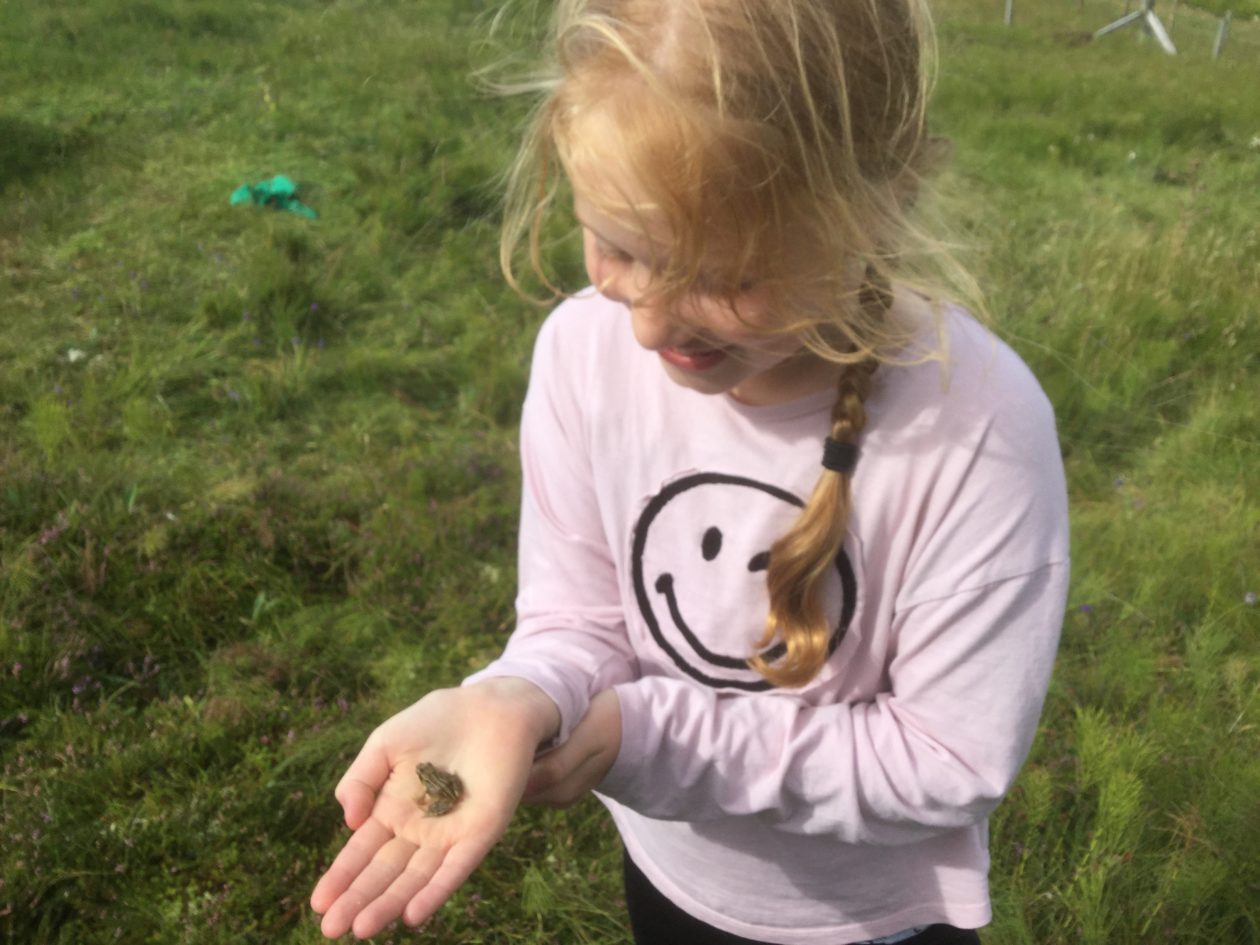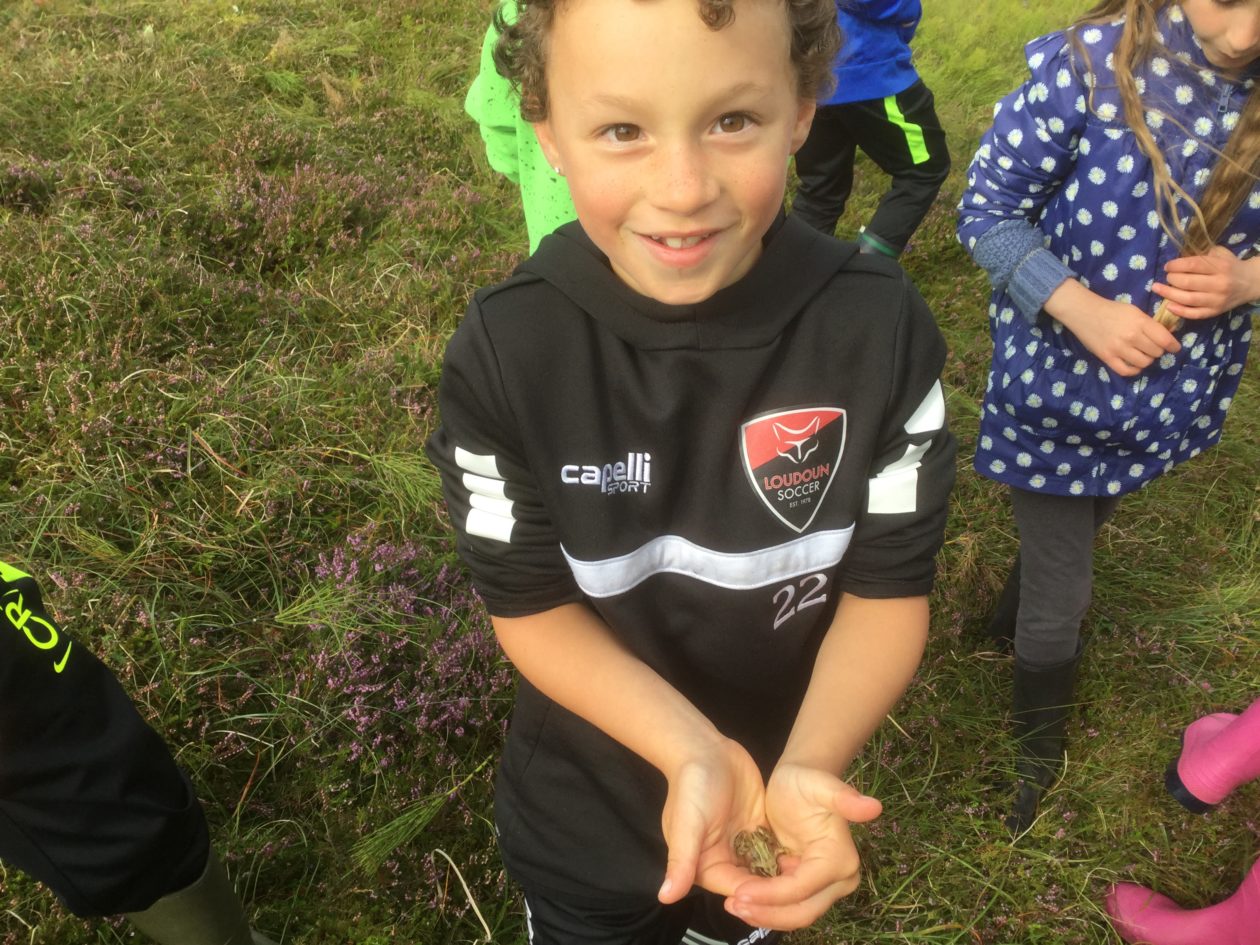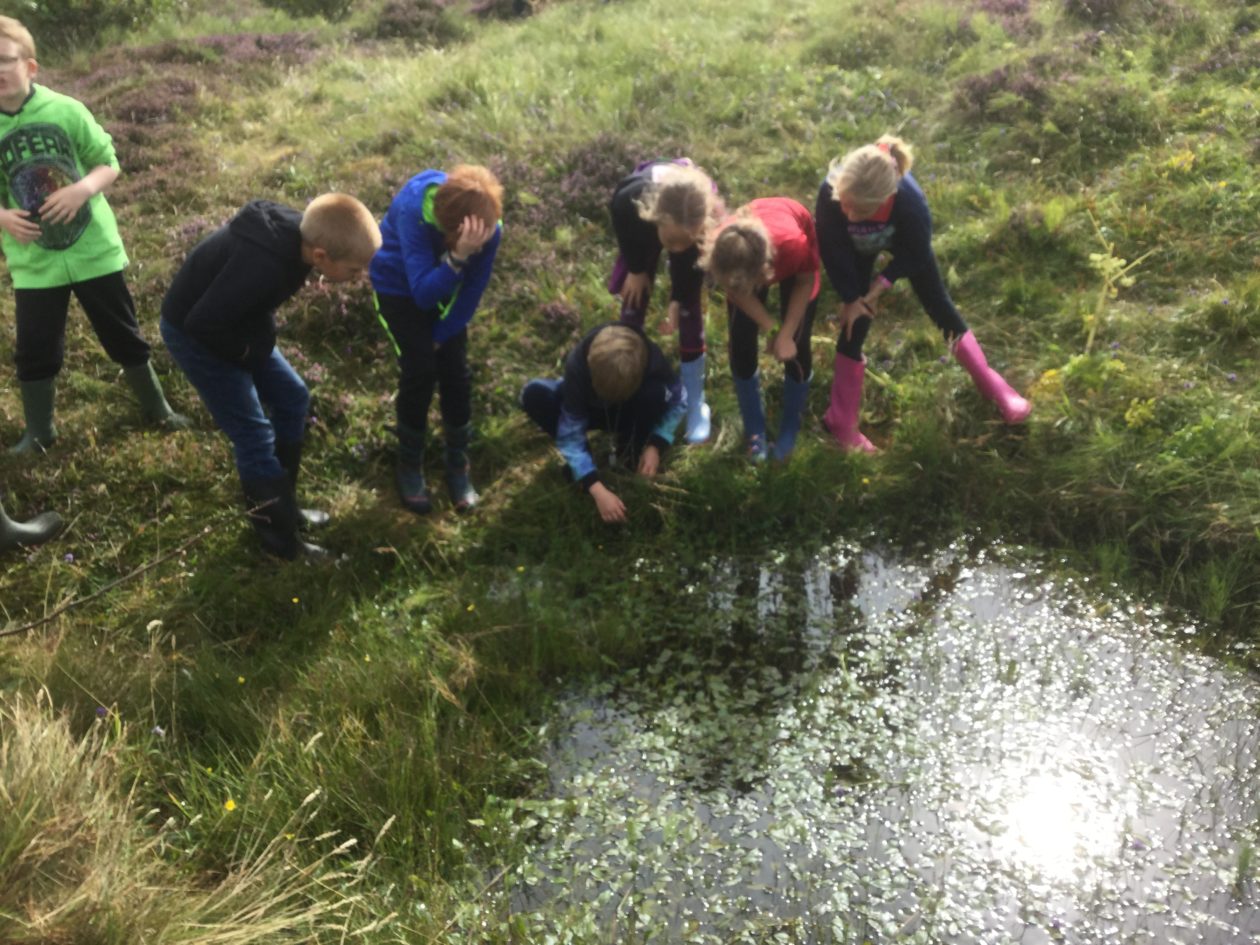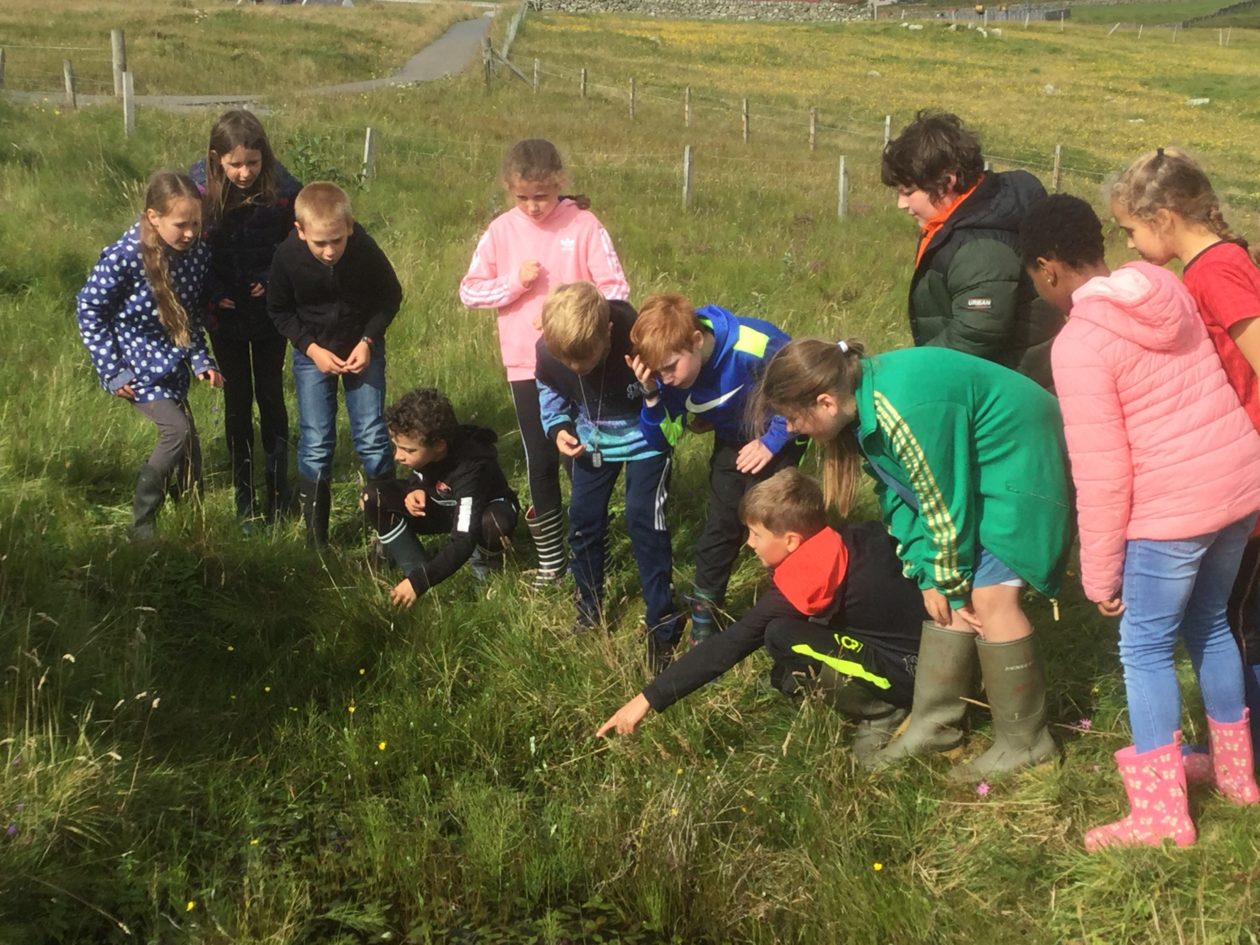In P4/5/6, we have been learning how to build electrical circuits as part of our topic work. We have also looked at which materials act as conductors of electricity and which materials are insulators.
We found out that metal is a conductor, so we used tin foil to help us build an electrical quiz board for the younger pupils in our school.
We thought carefully about the focus for our quizzes and tried to keep in mind how to make the questions suitable for younger pupils.
It was amazing to see how many social skills were developed during this process: turn taking, co-operation, talking and listening, compromising and providing support and encouragement to each other. Of course, there were opportunities to develop ICT skills too. It was lovely to see so many pupils eager to pass on their ICT knowledge! What a team!
To play our games, you need to use an electrical circuit. Instead of completing the circuit, the wires at each end connect to our quiz board – one wire to a question and the other wire to the answer. If the question and answer match, the bulb will light up! This means that we have completed the circuit!
We can’t wait to show you the finished quiz boards soon and test them out on the P1/2 and P2/3/4 classes!
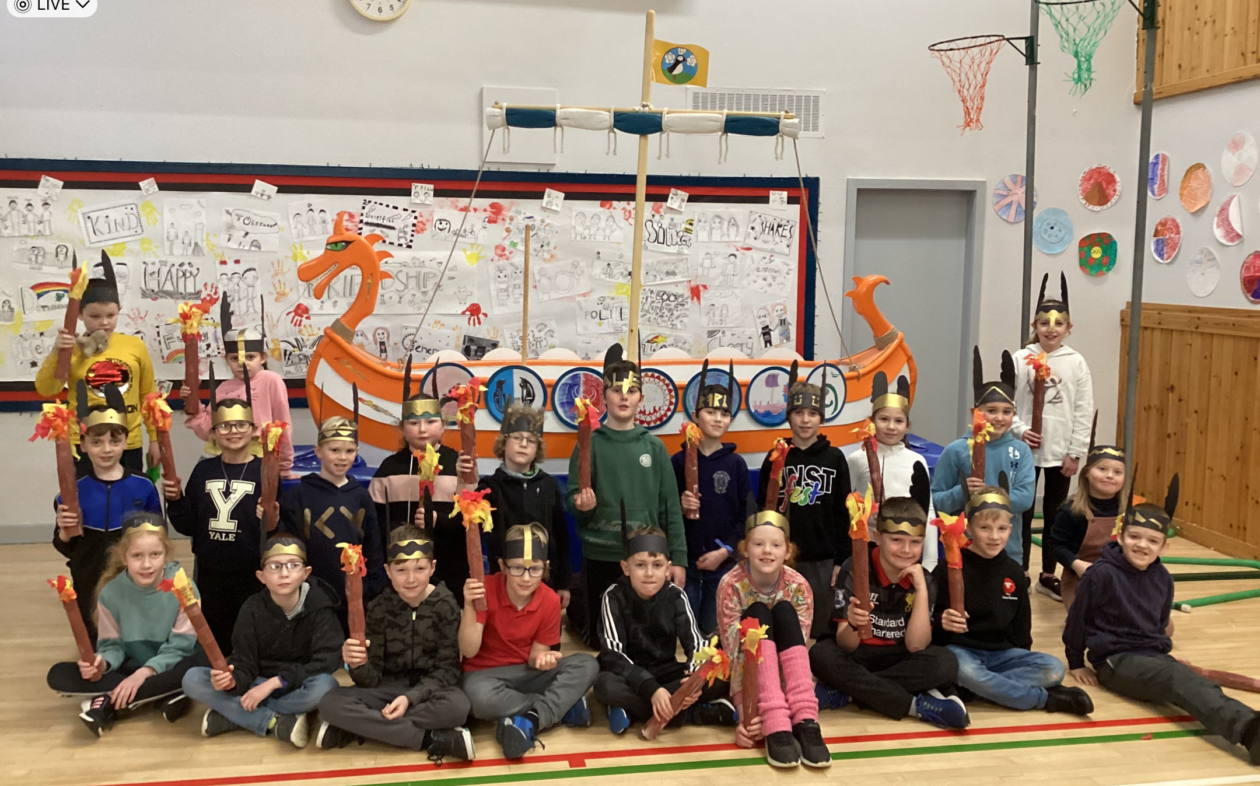
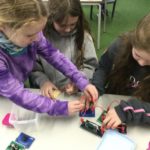
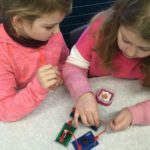
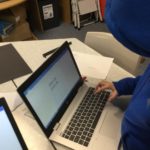

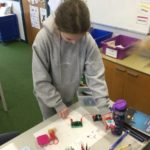
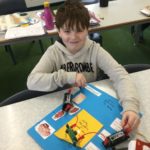
 (2 votes, average: 1.00 out of 1)
(2 votes, average: 1.00 out of 1)
